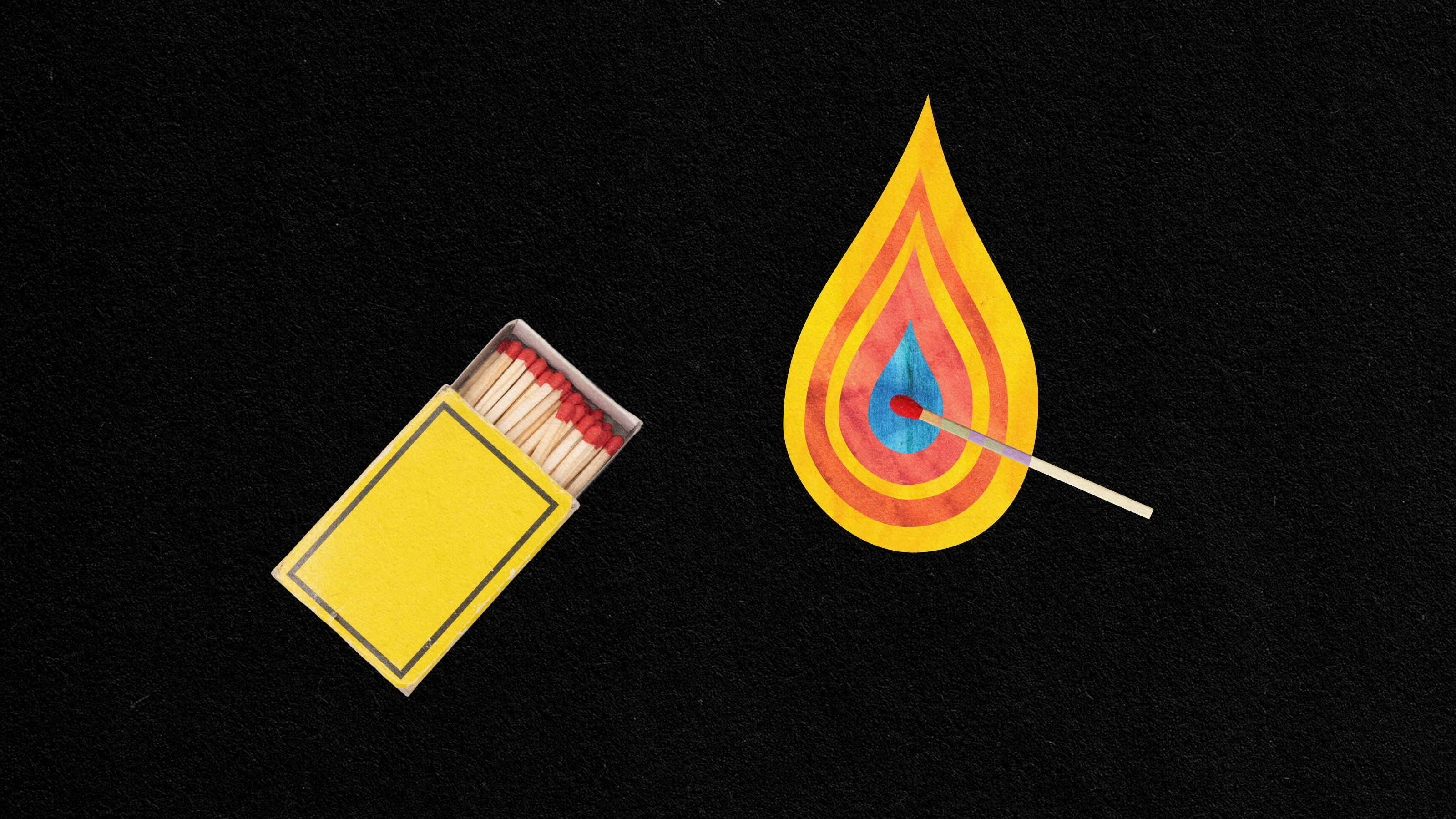How The Onion keeps its front page funny.
Question: Do you write the article or the headline first?
rnJoe Randazzo: Everything comes from the headlines, and it takes a lot of practice to kind of know which headline… first of all, which headline works in the context of The Onion. Sometimes there are headlines that come in that are very funny, but they just for some reason wouldn’t work. They wouldn’t feel right. And then after you can get past that, it takes a lot of practice to figure out which headlines have enough of an idea behind them that they can be examined for 600 words. So the way it works is, every Monday we have our staff of writers, which is about 10 people and about 20 other contributors, all submit a bunch of headlines. We go through the whole list of several hundred of these. If two people vote on it, it makes it to Tuesday, and Tuesday meeting is the big meeting where we actually select the issue and brainstorm all the jokes, so that’s when you get a lot of the discussion, this kind of almost scientific discussion about what a joke means. Is its target right? Does it have enough legs to sustain a full story? I think that’s something that you just really need to get with practice. I don’t know that there is… at least the way that my brain works. There are other people on staff who I think could actually explain to you logistically how a headline, how you can know that a headline has enough of an idea behind it to be turned into a full story, and that’s kind of when that happens and that’s usually the most fun part of my week is the brainstorming session when you take this joke and sort of move it around and play inside the idea of it and kind of find out like what kind of quotes would there be in this story. Would the quotes be totally…? Are the quotes in on the joke as well or is it one of these stories where just The Onion… It’s just The Onion’s perspective on something, an Onion, the writer, the reporter or the character of The Onion is totally missing the point? We call that a misplaced focus joke, where we get really upset about one little detail in an issue that obviously you should be getting upset about something else. See, I even try to explain it, I’m confusing myself. But that’s kind of… It’s the most grueling part of the week, but it’s also the most fun and most rewarding.
rnQuestion: Do you ever have “headline regret” the next morning?
rnJoe Randazzo: Yeah, it does happen once in a while. And I apologize. I’m trying to think of actual examples. It happened for us in a good way very recently. We had come up with this joke, which I think originally was “INS Deports Lou Dobbs,” and then it was supposed to run the next week and then Lou Dobbs abruptly left CNN, so we actually we had this like perfect joke that we had to do a little bit of last minute finagling and editing and Photoshopping to get it out right on time, but we were able to respond to Lou Dobbs leaving within an hour on Facebook and Twitter and places like that, getting the story out and it was actually the first time that we did kind of breaking news, and because with Twitter we’re able to reach almost two million people instantaneously. Whereas it used to be just a newspaper that came out once a week in ten cities, now it’s we can really reach people a lot more quickly, a lot more people too, so we did something where we released that headline and then just a portion of the story and then the next day rereleased it again as a developing story that now we’ve had the time to write the whole article about, so again, kind of really trying to mimic what it is that actual news organizations do and we actually got some inquiries from different media writers about how did The Onion respond so quickly, and is The Onion going to be doing breaking news now, and I was like no, we’re still just a stupid joke factory. We’re not going to be doing breaking news anytime soon.
Recorded on November 30, 2009
Interviewed by Austin Allen




